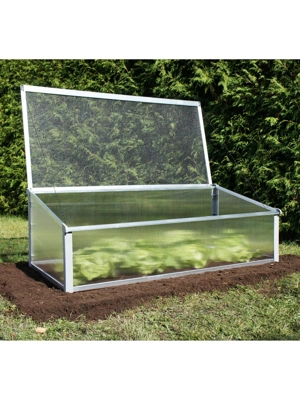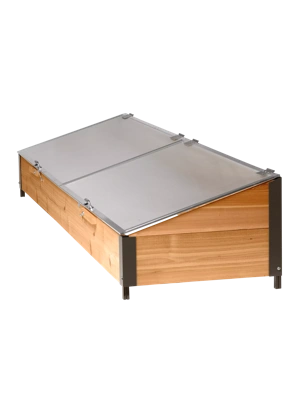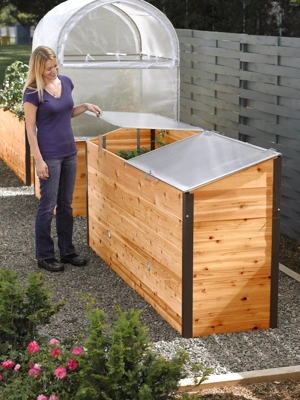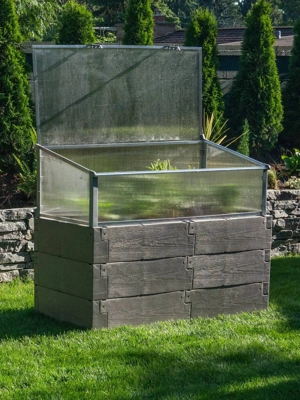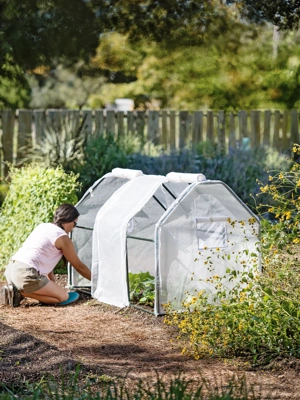10 Cold-Tolerant Veggies That Taste Sweeter After A Frost
 Kale is one cold-tolerant garden crop that may taste sweeter after a frost or two.
Kale is one cold-tolerant garden crop that may taste sweeter after a frost or two.Did you know that some plants have adapted to actually create their own anti-freeze?
Unlike animals (including humans), plants cannot migrate south, load the wood stove, or bust out the wool socks. If they plan to survive in frigid conditions, they either need to go dormant or rely on alternative means to keep the chill out.
When it gets cold, some veggies — like parsnips — convert their starchy molecules into sugars, lowering the temperature at which their cells freeze. These sugar molecules help prevent the formation of ice in the parsnip plant's cell membranes. This is somewhat similar to what happens when you put road salt on your driveway; mixing "foreign" particles with water makes it harder for water to freeze solid. This is a clever defense strategy for the plant AND *drumroll please* it often results in a sweeter-tasting crop!
10 veggie crops that taste sweeter after a frost
- Beets
- Broccoli
- Cabbage
- Carrots
- Kale
- Leeks
- Parsnips
- Radishes
- Spinach
- Turnips
 When healthy, broccoli can easily withstand a light frost.
When healthy, broccoli can easily withstand a light frost.These plants thrive in cooler temperatures, making them ideal for a late summer planting/late fall harvest. Even frost-tolerant crops have their limits, however; row covers and cold frames provide additional protection so plants can chill without freezing solid, and you can continue harvesting later into the season.
Notice that tomatoes and peppers aren't on the list? Tender garden crops, typically those synonymous with summer, have not evolved to have the same ice-busting capabilities. These plants will not survive a cold snap, and many will start to wilt when the temps approach the mid-30's F. Basil, cucumbers, eggplant, beans, and melons also make the too-tender list — harvest these crops now if you see a frost in the forecast.
Last updated: 11/21/2023
Print this Article:
Related items
Get the Dirt
Stay up to date on new articles and advice. Please fill out the information below.



